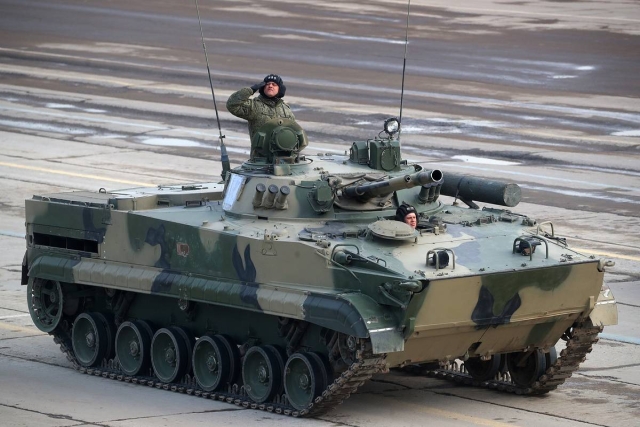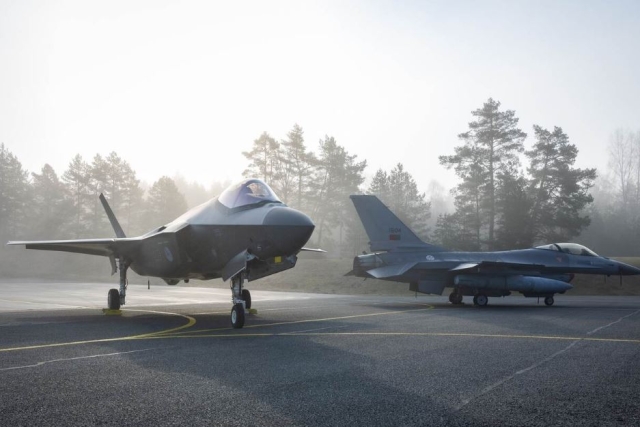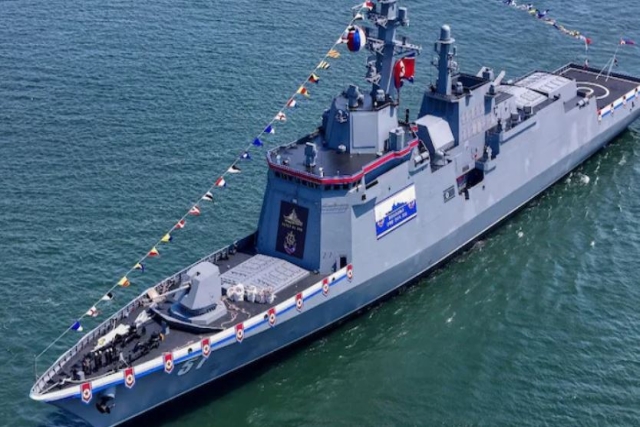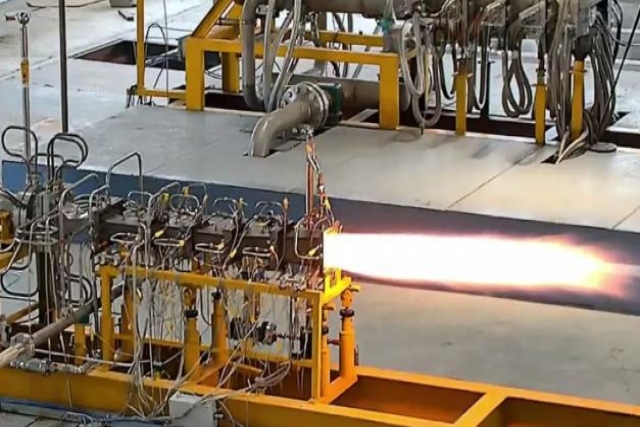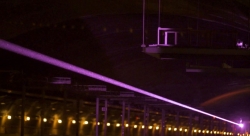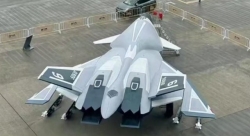Submarine Tracking Devices Washed Ashore on U.K. Coast: Planted by Russian Tankers?
Devices aimed at U.K. nuclear subs raise security fears amid Russian spy claims.

Underwater tracking devices believed to have been planted by Russian vessels have washed ashore on the United Kingdom’s coastline, raising concerns about surveillance of the Royal Navy’s nuclear submarine fleet.
According to Royal Navy sources cited by SavunmaSanayiST.com, the devices are suspected to be part of an intelligence-gathering effort by Russia to monitor the movements of the U.K.’s Vanguard-class submarines. These submarines form the core of Britain’s nuclear deterrent and are based at HM Naval Base Clyde in Faslane, Scotland.
Officials said the discovery of the spy equipment triggered a focused operation to assess the security threat. The Royal Navy confirmed that sensors had washed up onshore and were recovered for further analysis.
The sensors were reportedly discovered near known transit routes used by submarines departing from Faslane. Authorities are now reviewing recent maritime movements in the area to assess the origin and placement of the devices.
Defence analysts believe Russia may be using both military and civilian vessels to support its underwater surveillance activities. One such example is the “Eagle S,” a Russian civilian tanker intercepted by the Finnish Coast Guard. Surveillance footage and naval reports indicate the ship released multiple sensor-like objects into the sea while passing through the English Channel.
A second Russian tanker, the “Swiftsea Rider,” is also suspected of deploying similar tracking devices in international waters near the U.K.
According to experts, the devices could be part of a broader Russian effort to map undersea activity around NATO countries. It is believed that Russia’s naval intelligence fleet is equipped with advanced reconnaissance tools that exceed those of some NATO members.
The Royal Navy currently operates nine nuclear-powered submarines: four Vanguard-class and five Astute-class. Of these, only two are in active deployment. One of them, a Vanguard-class submarine, is currently on patrol as part of Britain’s continuous at-sea nuclear deterrent. The other, HMS Anson, was recently commissioned and is undergoing final operational preparations.
The remaining submarines are in various stages of maintenance, with some repairs reportedly taking up to five years due to delays in the U.K.'s defence manufacturing and shortages in skilled labour.
Security officials say the small number of active submarines makes any foreign surveillance particularly concerning. Naval analysts warn that disruptions to the U.K.’s deterrent patrols could have broader implications for national and allied security.
Investigations are ongoing, and defence authorities have not ruled out the possibility that more devices remain undetected on the seabed near critical naval transit points.
